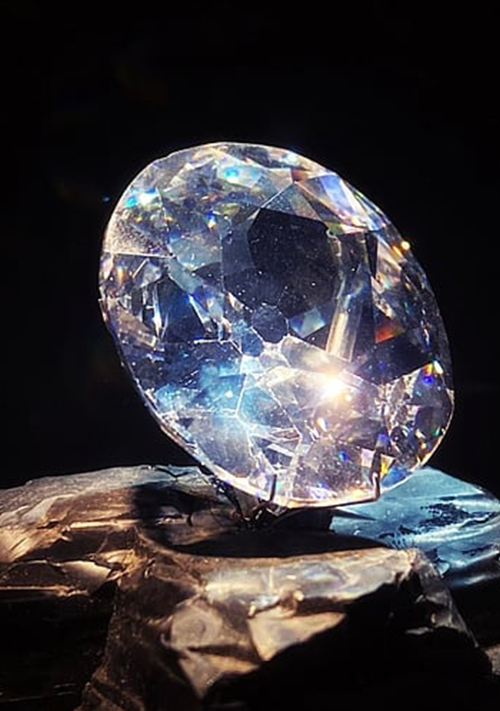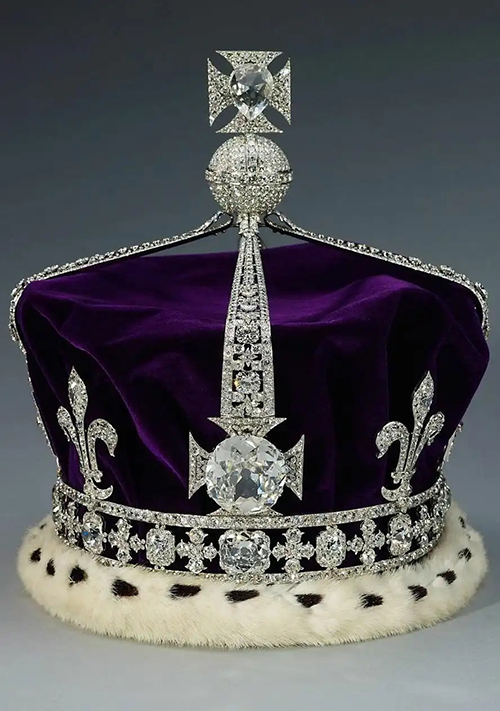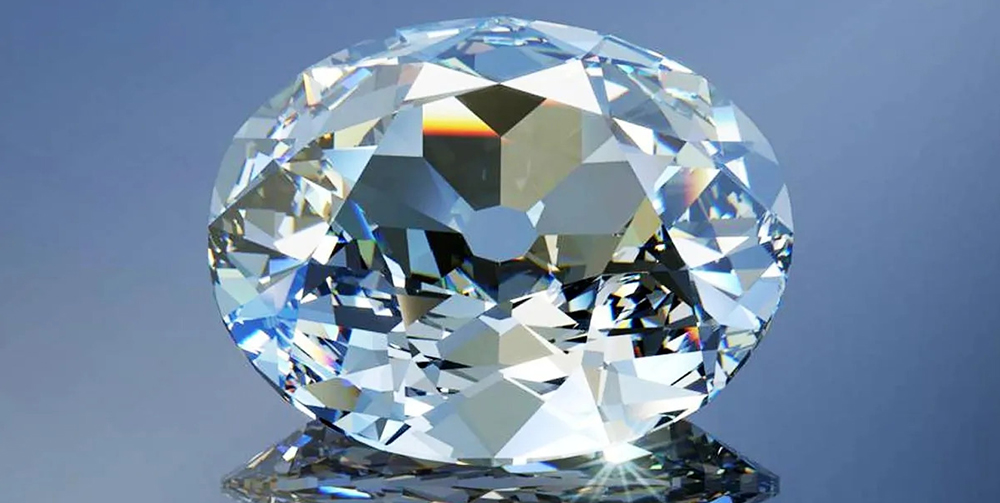The Koh-i-Noor, meaning “Mountain of Light,” is one of the world’s most famous and legendary diamonds. This exquisite treasure has captivated many thanks to its extensive history spanning decades and continents. This article delves into the interesting history of the Koh-i-Noor diamond, tracing its birth, its perilous journey across empires, and the factors contributing to its enduring fascination.
A Backdrop of KohiNoor

While the history of the Koh-i-Noor diamond is steeped in mystery, it is generally accepted that it was discovered at the Kollur Mine in the Golconda district of what is now the Indian state of Andhra Pradesh. It has been a part of the jewelry collections of Indian dynasties since the 13th century when it first made its appearance. Before coming into the possession of the Mughal Empire, it was held by the Kakatiya, Khilji, and Tughlaq dynasties, among others.
The Koh-i-Noor diamond was the prize booty of the Mughal Empire that the Persian monarch Nader Shah invaded India to take in 1739. The diamond was sold again and eventually ended up in Persian hands. The ruler of Afghanistan at the time, Shah Shuja Durrani, purchased it from the Persians in 1813.
The most contentious period in the history of the Koh-i-Noor diamond began in 1849 when the British East India Company acquired Punjab and, with it, the diamond. After that, it was given to Victoria and became a part of the British Crown Jewels. The diamond was viewed as a symbol of India’s rich cultural legacy. Thus, the British acquiring it prompted anger and accusations of theft.
Tale of Legends and Myth

Legends and mythology abound concerning the Koh-i-Noor diamond and its symbolic significance throughout history. Male owners are said to be blessed by it, whereas female owners suffer bad luck. Because of this, the curse of the diamond has been the subject of much debate and interest, adding to its enduring attraction and mystery.
The Koh-i-Noor diamond has been displayed in several locations over the years, and its ownership has changed hands several times. It was first displayed during the Great Exhibition in 1851 and is now permanently preserved in the Tower of London. There have been appeals for the diamond’s return to its nation of origin by India, Pakistan, Afghanistan, and the British crown.
Symbolically and historically, the Koh-i-Noor diamond is of great importance to the people of South Asia. It’s a status symbol for those in positions of authority and money. Its history is entangled with the troubled colonial past of the region, sparking discussions about the need to protect cultural artifacts and return stolen art to their rightful owners.
Wrapping up
The Koh-i-Noor diamond symbolizes the complex relationship between conquering, political power, and cultural legacy. It is now one of the most coveted jewels in the world because its history of ownership across multiple dynasties and countries adds to its attraction and mystery. The conflicts about the diamond’s ownership mirror broader conversations about cultural restitution and the acknowledgment of historical injustices. As the Koh-i-Noor diamond continues to sparkle in the Crown Jewels, its history is a reminder of the fraught connection between colonial regimes and the artifacts they amass.


































































